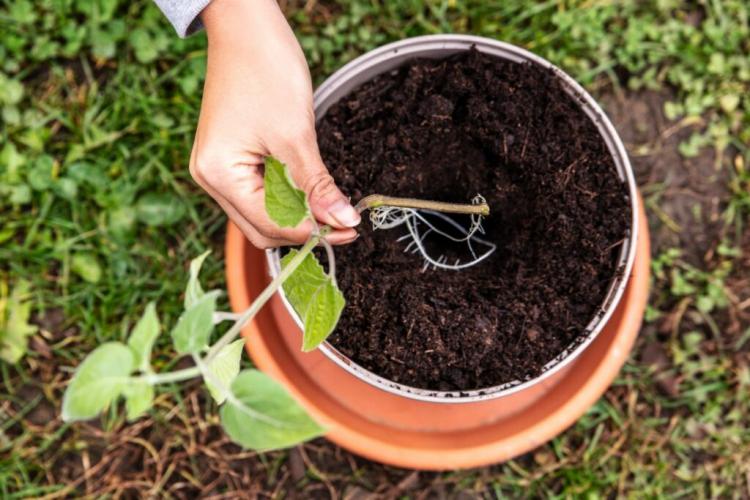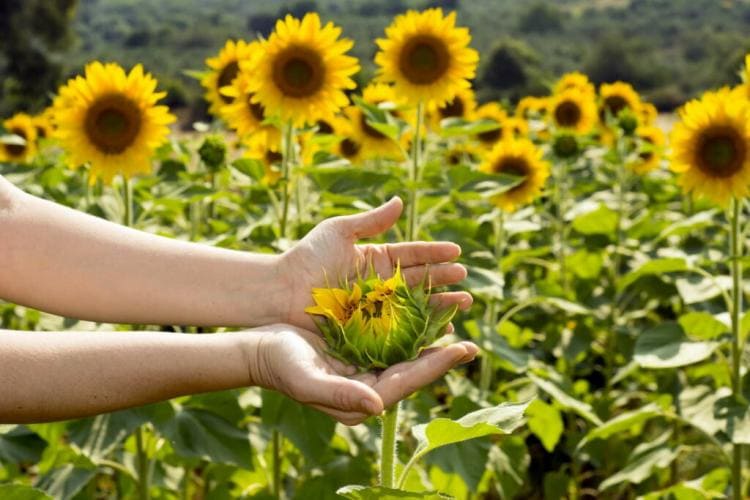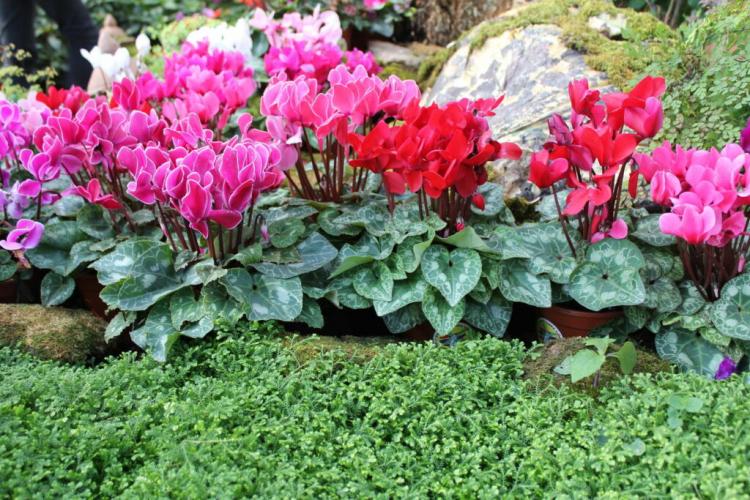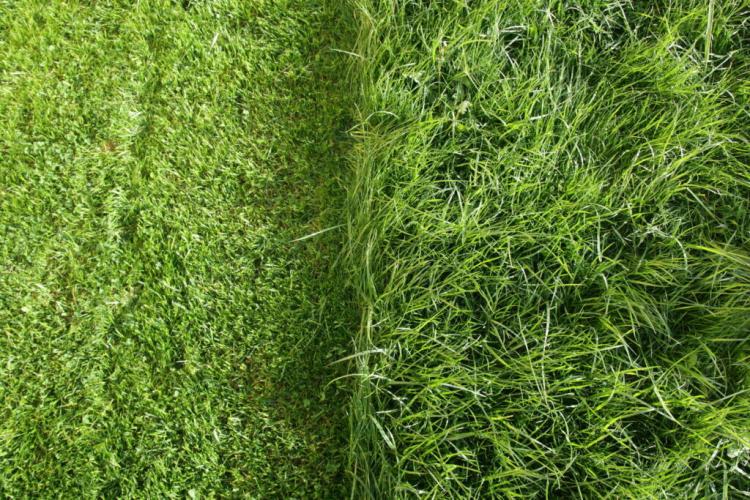Growing tarragon yourself in the garden
When growing tarragon, it is important to know which variety of herb is in the garden. We show what needs to be considered in culture.
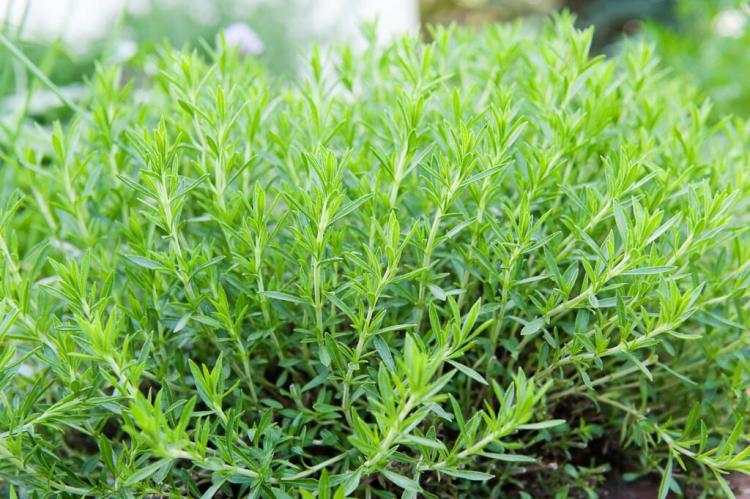
Tarragon feels good in the bed, but also in the pot [Photo: Michal_R / Shutterstock.com]
With its spicy, anise-like aroma, tarragon ( Artemisia dracunculus ) is particularly popular in Italian and French cuisine. The classic Bernaise sauce, for example, would be inconceivable without the perennial herb. But it should also help with the digestion of food that is heavy in the stomach and with mild toothache. However, the ingredient estragole has also come under fire because it is suspected of causing cancer. However, this danger arises only when consumed quantities that are beyond what is usual for cooking. In addition, a distinction must be made between different varieties of tarragon, the specific requirements of which must be met in the cultivation. We show what these are and how you can certainly harvest plenty of tarragon in your home garden.
1. Growing tarragon: location
Table of Contents
The location for growing the tarragon should be as sunny as possible but sheltered from the wind. The soil must not tend to waterlogging and should therefore have a certain permeability. If the soil is too heavy, it can be loosened up by incorporating sand, for example.
Tarragon can also be grown in pots on the balcony or terrace. It does not then reach a height of up to 1.5 m, as is usual with cultivation in the bed, but a considerable harvest can still be brought in. In order to be able to meet the water requirements of the tarragon without excessive effort, the planter must always be large enough. For optimal conditions, it is essential to use a nutrient-rich soil such as our Plantura organic universal soil and by no means a nutrient-poor herbal soil.
2. Increase tarragon
In terms of propagation, the different varieties of tarragon that can be found in our gardens are beginning to differ. While the mild, but extremely tart tasting Russian tarragon ( Artemisia dracunculus inodora ) can simply be propagated by sowing, the German ( Artemisia dracunculus cv.) And French tarragon ( Artemisia dracunculus var. Sativus ) do not form seeds. The two varieties must be propagated by division or cuttings.
The sowing of the Russian tarragon can begin as early as March as a preculture in the house, the young plants are then planted out in May. However, sowing can also be done directly outdoors from the end of April. Seeds are easily and inexpensively available from specialist dealers.
Caution: Tarragon is a light germ, so do not cover the seeds with a layer of substrate, but just press lightly and ensure even moisture.
German and French tarragon can be propagated either in spring by division or in summer by cuttings. For this, however, a plant of the corresponding variety is required. You can actually get these in any well-stocked nursery – preferably at planting time in spring.
You can find out more about the propagation of tarragon in this article.
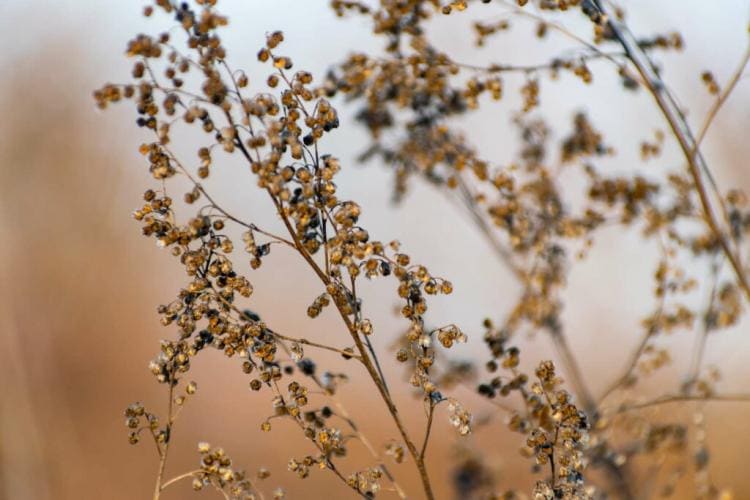
Tarragon can also be propagated from seeds. [Photo: Anna-2118 / Shutterstock.com]
3. Pour tarragon and fertilize
Tarragon does not tolerate complete dryness. That is why it has to be watered regularly when growing in a bed – but especially in a pot. It should be noted that the tarragon cannot reach deeper water reserves in the soil due to its shallow root system.
The nutritional requirements of tarragon can be met in different ways: First of all, a high-quality, well and balanced fertilized substrate must be used for growing in pots. Occasionally, every two to four weeks, a liquid fertilizer such as our Plantura organic indoor & green plant fertilizer should be fertilized during the main growth phase of the tarragon until the end of June. If the perennial herb is grown in the bed, the soil can be prepared well in spring with compost or with a primarily organic organic fertilizer such as our Plantura organic universal fertilizer with long-term effects.
4. Hibernate tarragon
As with propagation, there are also differences in the case of tarragon overwintering, depending on the cultivated variety. The German tarragon is largely winter hardy, the French tarragon tolerates temperatures down to -10 ° C without any problems. The Russian tarragon, on the other hand, is much more sensitive. To be on the safe side, however, it is advisable to generally cover tarragon in the bed with leaves, twigs or twigs to protect it in winter. If the herb is cultivated in a pot, it can either be brought into a bright place in the house or the plant is wrapped in warm gardening fleece and thus protected from the cold.
5. Cut the tarragon
Before the onset of winter, the tarragon is cut radically. The herbaceous and perennial spice is cut off five to ten centimeters above the surface of the earth. In the next spring, fresh, young shoots will sprout again.

The small yellow tarragon flowers stand in panicles [Photo: Iva Villi / Shutterstock]
6. Harvest
Tarragon can be harvested all year round. Shoots of 20 to 30 cm in length are simply cut off. It is advisable not to harvest the whole plant at once so that it still has enough strength to grow. It is best to harvest before flowering, which appears from the end of May. With the flowering, the content of flavoring ingredients is reduced. If harvesting is carried out regularly, flowering can also be delayed. This means that tarragon has a more intense taste over a longer period of time. You can find more information about harvesting tarragon in our special article.
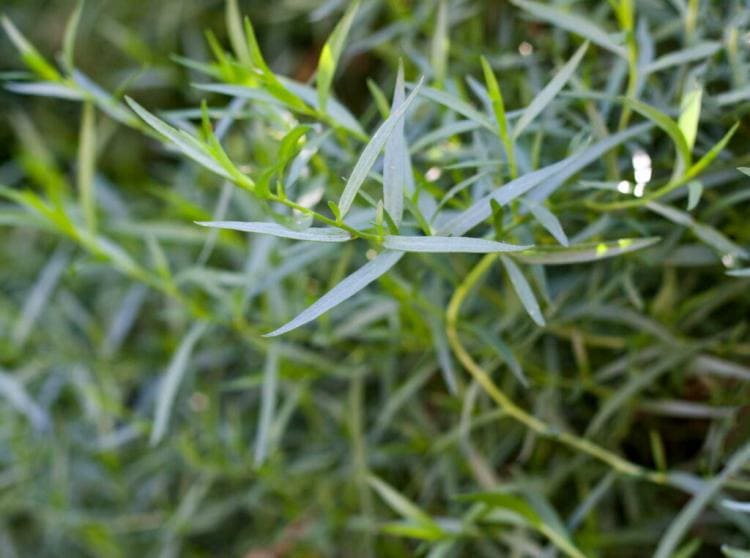
The shoots and leaves can be harvested all year round [Photo: Nataly Studio / Shutterstock.com]
7. Storage
So that tarragon is ready for use in the kitchen all year round, it is also great for storage. In addition to the classic drying, it can also be frozen and placed in oil or vinegar. When the leaves dry, however, some of the aroma intensity is lost. If they are frozen, they are available as if they were freshly harvested and well portioned in ice cube boxes. If the shoots of tarragon are placed in oil or vinegar, they can be used to refine marinades or salad dressings.
Tarragon is therefore a very grateful and easy-care herb in cultivation. The only “casus knacksus” for successful culture: It should be known which variety of tarragon it is – then nothing can go wrong.

